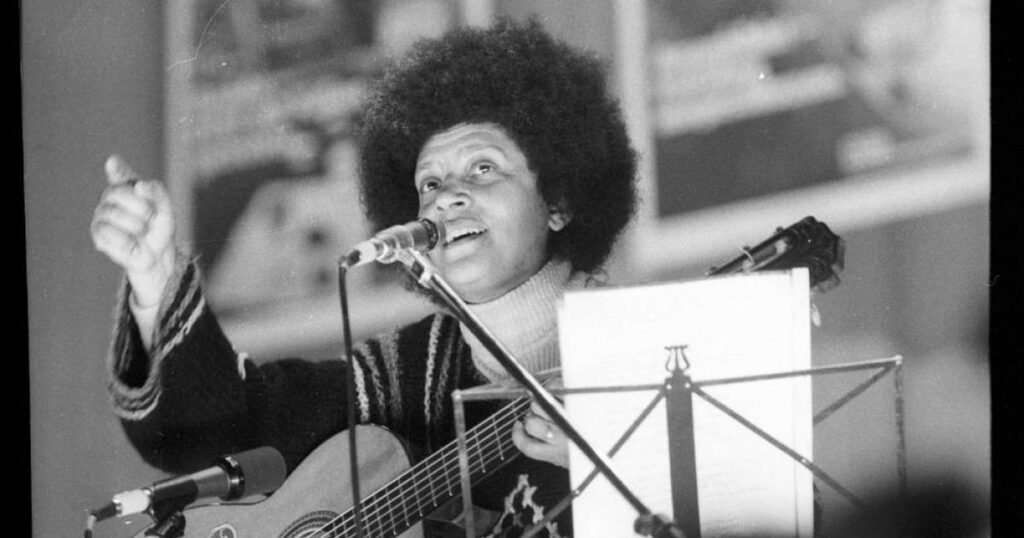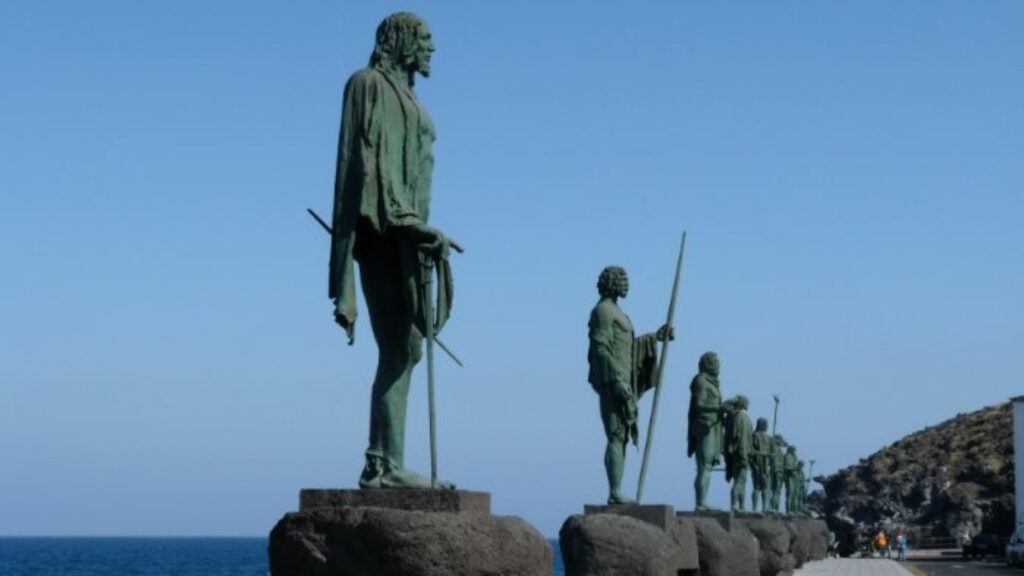As a nation that once prided itself on innovation and technological progress, the ripen of the US passenger rail system stands as a sobering reminder of opportunities squandered. For decades, rail travel served as the lifeblood of commerce and connectivity wideness America, enabling the efficient movement of people and goods over vast distances. Yet in the mid-20th century, the US made a fateful visualization to divest from its passenger rail infrastructure and prioritize road networks and commercial air travel instead. The consequences of this nomination still haunt us today in the form of perishable rail lines, sluggish high-speed rail initiatives that never quite materialize, and a populace reliant on cars and planes to traverse their own country.
The Golden Age of Rail Travel: Rise of the US Passenger Rail Industry
The early 20th century was the golden age of rail travel in the US, with passenger rail transport booming between 1890 to 1920. During this time, rail companies built lavish rail stations and operated fleets of luxurious passenger train derailment that crisscrossed the country.
The early 1900s saw massive construction of grand rail stations and terminals in major cities that became focal points of societal pride. New York’s Grand Central Terminal and Philadelphia’s 30th Street Station were architectural and engineering marvels of the age.
Decline of Passenger Rail: The Postwar Shift to Roads and Skies
The postwar period in the United States marked a major shift in transportation and travel preferences. As automobile ownership skyrocketed and commercial air travel became increasingly affordable and accessible, passenger rail travel rapidly declined.
Automobile ownership in the US increased from virtually 8 million vehicles in 1945 to over 60 million by 1975. The massive Federal Aid Highway Act of 1956 fund the construction of over 40,000 miles of interstate highways, enabling faster and increasingly user-friendly road travel.
Commercial air travel was regulated and subsidized, dropping airfares by over 60% between 1948 and 1978. Airlines aggressively marketed the speed and glamor of air travel, attracting passengers yonder from rail.
The Future of Rail: Can High-Speed Networks Revive US Passenger Travel?
The future of passenger rail travel in the US is uncertain. While high-speed rail networks have revitaliz passenger rail in other parts of the world, expanding high-speed rail in the US faces considerable challenges.
Cost and Funding
Constructing high-speed rail lines requires massive investments in infrastructure and technology. The California High-Speed Rail system, currently under construction, is unscientific to forfeit $100 billion to complete. Securing funding for such would-be projects is difficult, expressly given political opposition and competition for federal transportation funds. Private companies are reluctant to fund rail projects without government support and guarantees.
Right-of-Way Issues
Acquiring land to build high-speed rail lines can be problematic, expressly in densely populated areas. Eminent domain laws indulge the government to purchase private land for public use. But landowners do not unchangingly wish to sell. Negotiating land purchases and easements takes time and money, and in some cases, legal disputes arise.
Interconnectivity Challenges
For high-speed rail to powerfully connect cities and regions. Rail lines must have defend tracks that link to local transit systems. Integrating high-speed rail with existing infrastructure requires tropical coordination wideness various transit agencies. train derailment All of which have their own priorities and constraints. Lack of interconnectivity reduces the convenience and impact of high-speed rail.
Conclusion
As you have seen, the once-thriving US passenger rail industry was systematically. Dismantl through policy decisions and corporate deportment over decades. While other nations invested heavily in high-speed rail and reaped the benefits, train derailment the US prioritized roads and aviation. The consequences are stark – limited affordable and environmentally-friendly transit options. Increase traffic and emissions, and communities cut off from economic opportunity.





